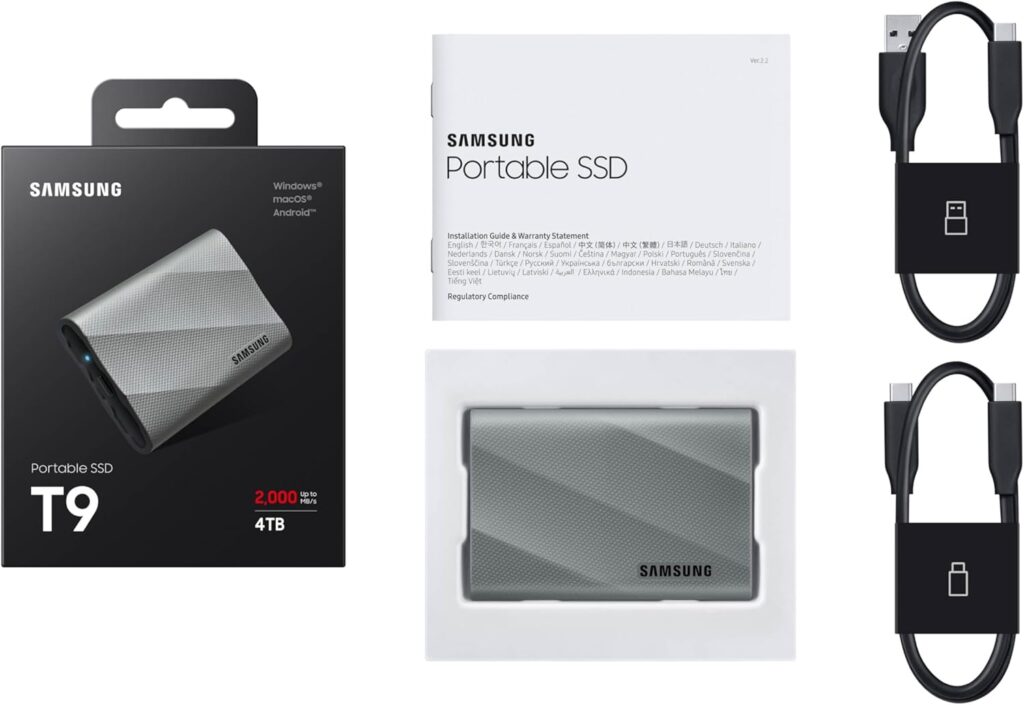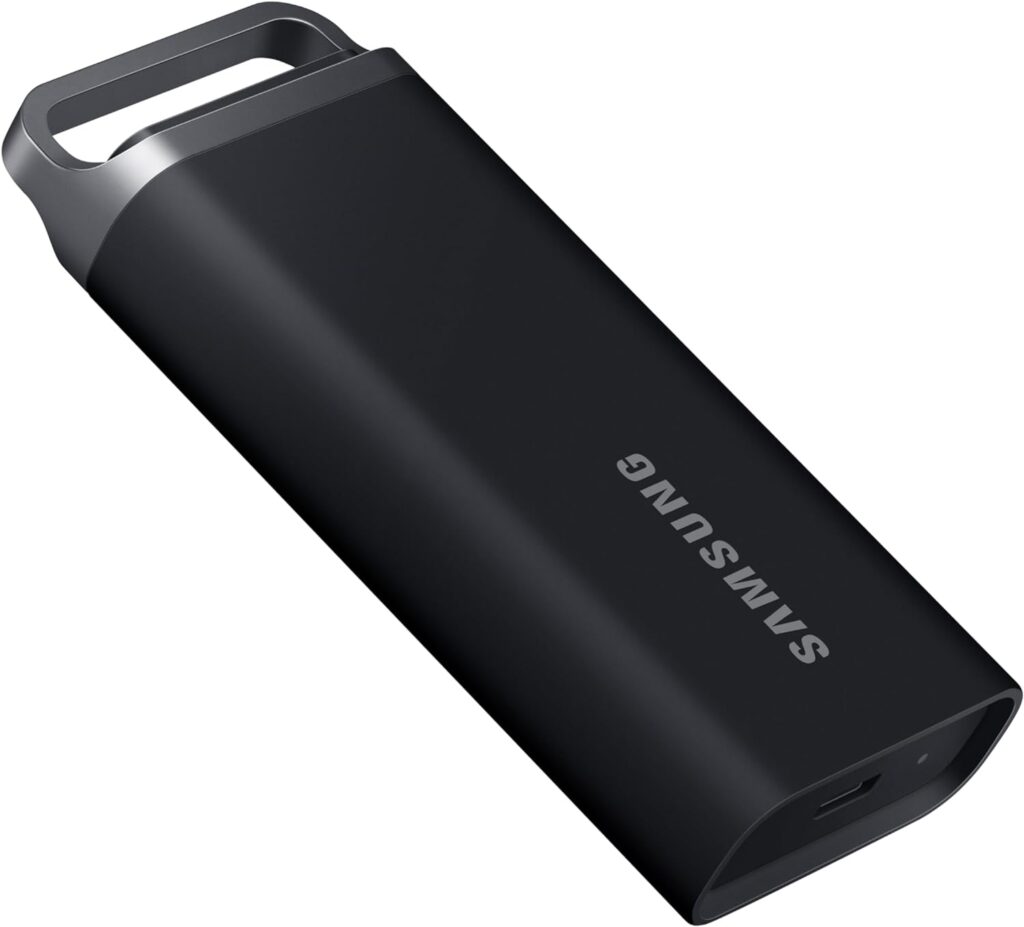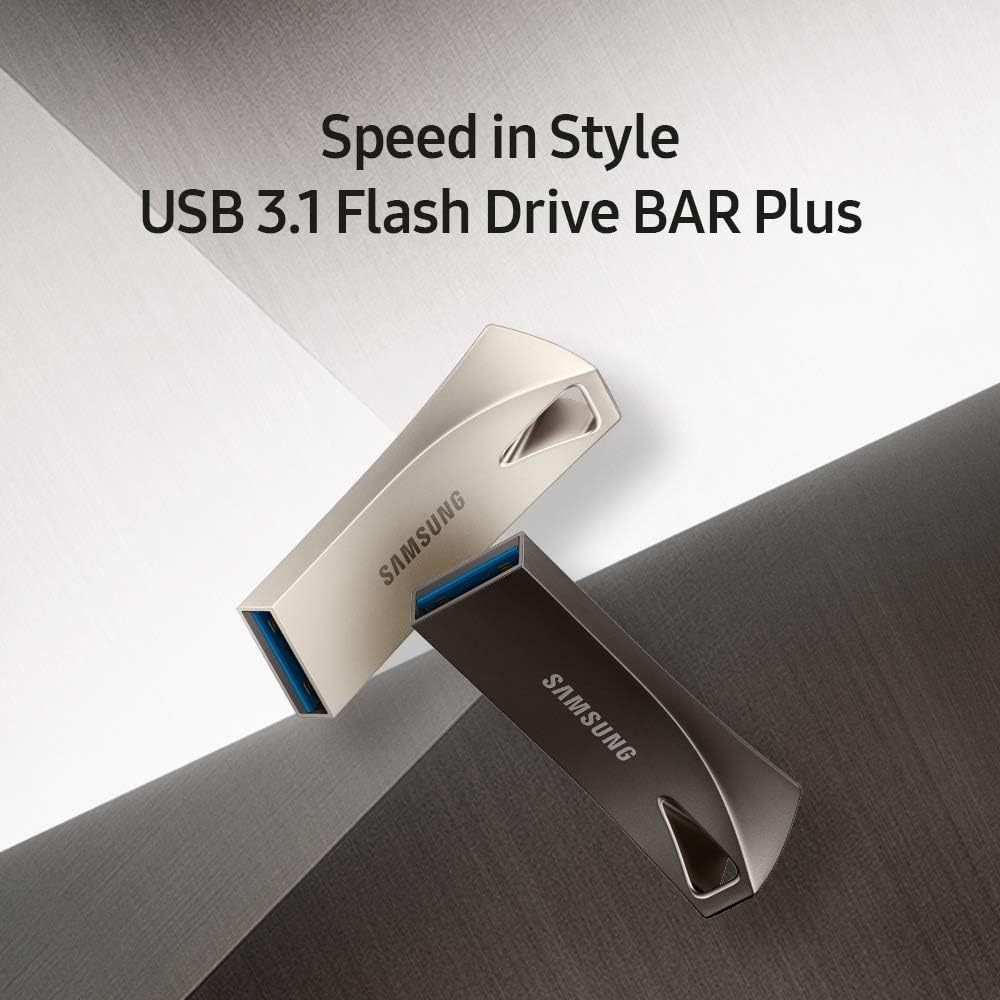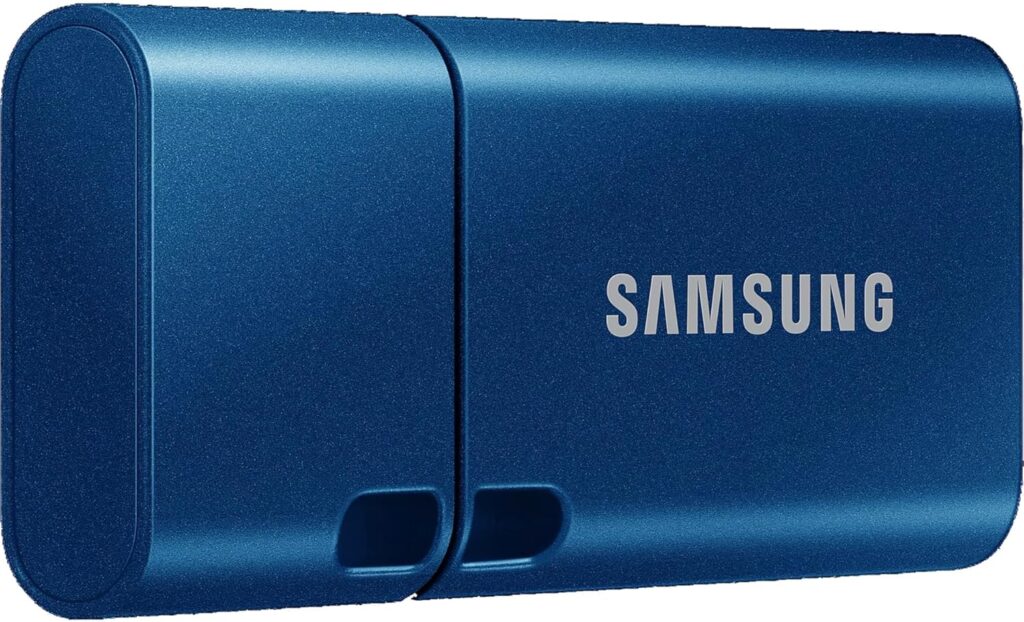Cloud storage prices are climbing, and no, it’s not just your imagination. It’s a trend that’s hard to ignore. Companies like Wasabi and Backblaze, both praised for their budget-friendly solutions, recently hiked their prices by 17%. What’s behind this sudden surge? And is it time to rethink your storage strategy?
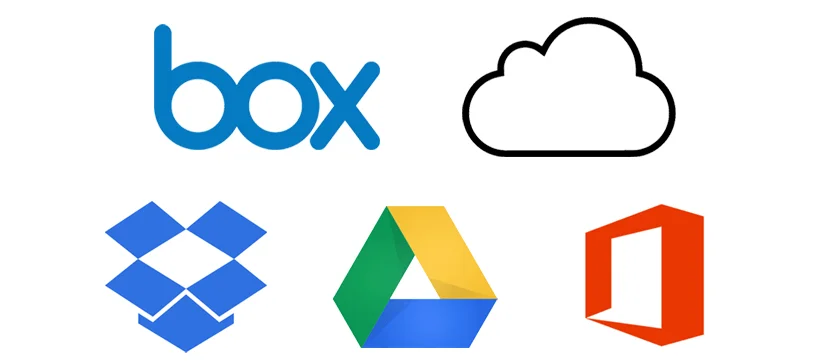
The Cloud Isn’t as Cheap as It Used to Be
The allure of cloud storage has always been its affordability, scalability, and convenience. But lately, users are noticing a dent in their wallets. What’s driving these increases?
- Inflation and Geopolitical Tensions: Supply chains are still grappling with disruptions from the COVID-19 pandemic. Add geopolitical conflicts into the mix, and you get skyrocketing energy costs. Data centers—those massive, energy-hungry facilities—aren’t immune to these global shifts.
- Unstoppable Data Growth: We’re drowning in data. AI, edge computing, and IoT devices are churning out information at an unprecedented rate. The infrastructure needed to store and process this data isn’t cheap, and those costs inevitably trickle down to consumers.
- Rising Operating Expenses: Data centers are expensive to maintain. From the skilled labor required to the raw materials and energy needed to keep them running, every little thing adds up.
It’s a perfect storm of economic pressures and technological demand.
The Alternative: Going Back to External Storage
With cloud prices creeping up, some users are reevaluating their options and looking to external storage devices like SSDs. Why? Because sometimes, old-school solutions just make sense.
- They’re Affordable: Over the last decade, SSD prices have plummeted, making them an accessible choice for personal storage.
- They’re Reliable: Unlike HDDs, SSDs don’t have moving parts, which means fewer chances of failure and better performance.
- They Put You in Control: With an external drive, your data is in your hands—literally. No monthly fees. No worries about server outages or hidden costs.
It’s a bit ironic, isn’t it? The cutting-edge cloud is pricing people back into physical storage solutions.
But There’s a Catch: You Need a Backup Strategy
While SSDs are an excellent alternative, they’re not foolproof. Accidents happen. Drives fail. That’s why a solid backup plan is non-negotiable.
Here’s how to get it right:
- Multiple Copies: Keep backups in different locations. One copy on your SSD, another on a separate device, and maybe even one in the cloud for good measure.
- Frequent Updates: Don’t let your backups go stale. Regularly update your files to ensure you’re always covered.
- Stay Organized: Label your folders. Use a consistent file-naming system. You’ll thank yourself later.
So, What’s the Verdict?
The cloud isn’t going anywhere. It’s still the go-to for businesses and users who need seamless, scalable solutions. But for the everyday user feeling the pinch of rising costs, external storage devices are becoming a tempting alternative.
The choice boils down to your needs—and your budget. Either way, one thing’s clear: whether you’re team cloud or team SSD, your data deserves better than being an afterthought.


